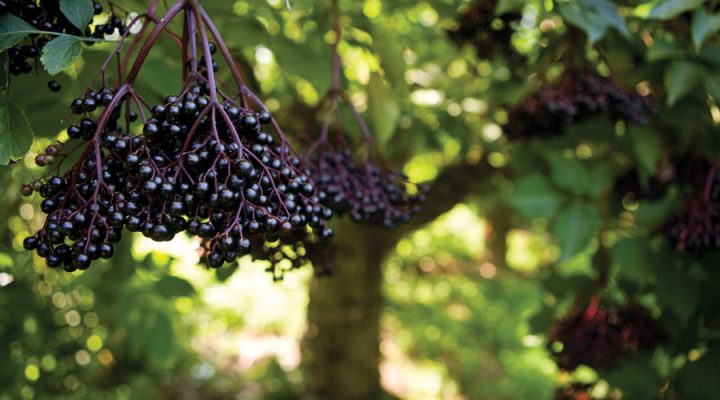Functional shots are generating triple-digit, 219.7% sales growth, according to SPINS’ data.
There are many things that can weaken consumers’ immune systems, including the common cold, sleep deprivation and even flying in an airplane, where disease-causing bacteria can survive for up to a week inside warm plane cabins, wreaking havoc on the immune system, according to a 2014 study from Auburn University, Auburn, Ala.
Dry air on a plane can cause dehydration so staying properly hydrated with water and boosting the immune system 2-3 days ahead of flying may help prevent this occurrence. Extra vitamin C and B-complex vitamins as well as consuming all-natural fruits and beverages containing antioxidant-rich blueberries, oranges, cherries and elderberries also may boost the immune system, experts note.
“Lots of functional beverages are aiming their pitches toward the modern office professional — Life Aids’s Travelaid is a great example of this from an immunity-beverage perspective, directly marketing to those who travel on a regular basis,” says Jake Knepper, product library solutions manager at SPINS LLC, Chicago. And functional beverages that include elderberry as a primary ingredient are also tipped to become significant in the beverages market in the next 12 months.
Berry flavonoids, including the black elderberry, boost the body’s natural immune response and can ameliorate cold and flu symptoms
beverageindustry.com





